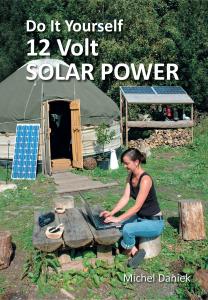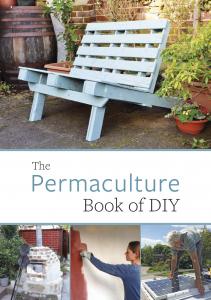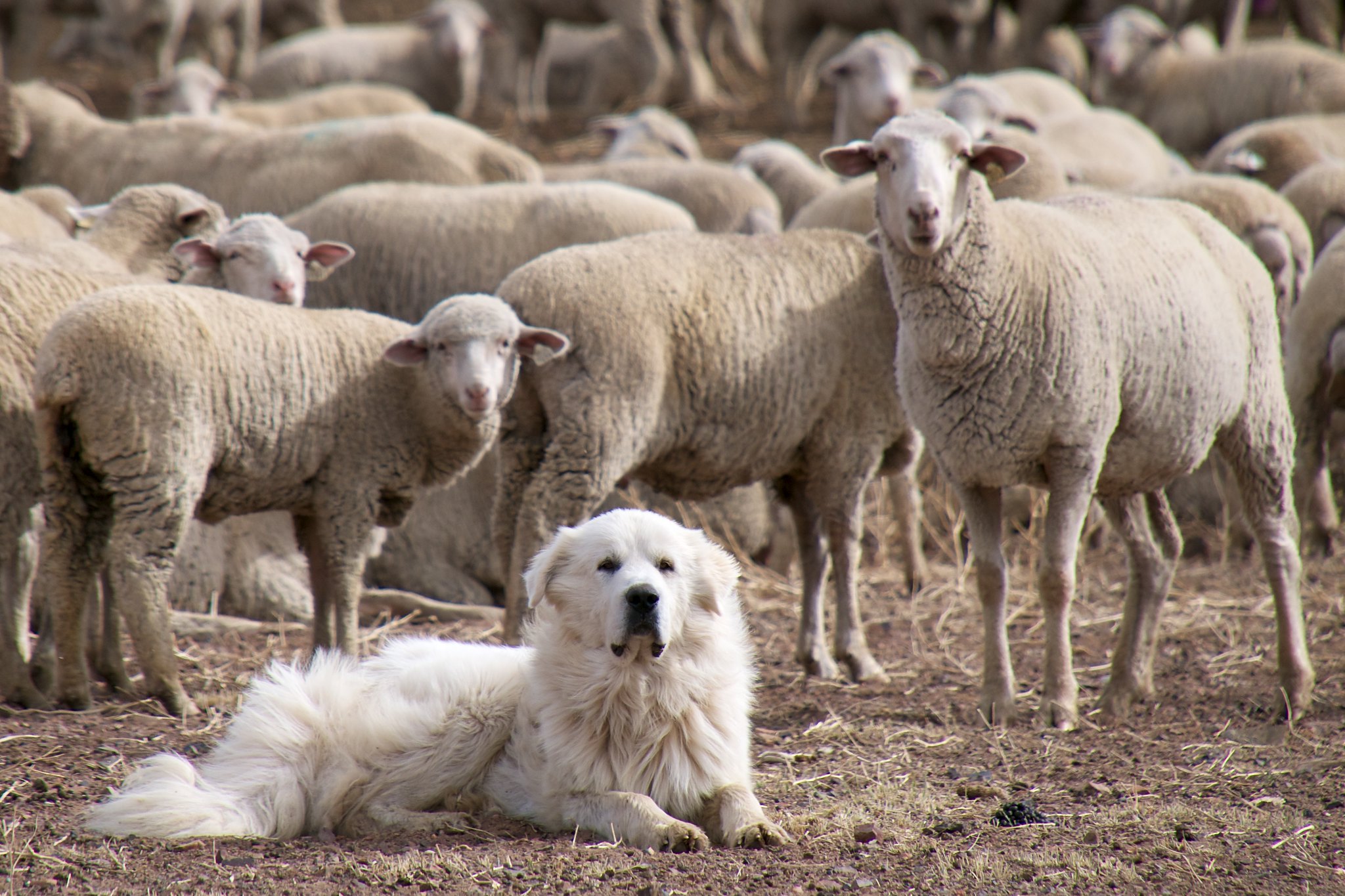
Homesteads and farms face the constant challenge of protecting their livestock from predators like coyotes, wolves, bears, and other opportunistic creatures that threaten the well-being of their animals. Livestock guardian dogs (LGDs) offer a tried and tested solution, safeguarding herds with their protective instincts.
For centuries, LGDs have stood as the ultimate farm watchdogs, their presence alone serving as a powerful deterrent to would-be attackers. Bred for their unwavering loyalty, keen instincts, and impressive size, these capable canines have become an increasingly popular choice among homesteaders seeking an eco-friendly, long-term solution to safeguarding their herds.
LGDs actively protect livestock by patrolling the perimeter, marking territory, and fearlessly confronting intruders. Their effectiveness in drastically reducing losses is reinforced by a 2023 Australian study by Bommel and Johnson.
But what sets these dogs apart from your average farm dog? What makes them so uniquely suited to their role as guardians? In this comprehensive guide, we’ll delve into the details of using livestock guardian dogs. The author has had an Akbash breed of guardian dog for over 8 years and some tips and tricks from his own experience will also be shared
From understanding the different breeds to selecting the perfect pup, training techniques to daily care, we’ll equip you with the knowledge and tools you need to successfully integrate an LGD into your farm family.
Understanding Livestock Guardian Dogs: The Traits of an Effective LGD
Livestock guardian dogs are not your average farm dog. These canines are specially bred for a unique combination of traits that make them ideally suited for their role as protectors.
Some of the key characteristics of LGDs include:
- Large size and powerful build, which help deter predators and enable them to physically defend their charges if necessary.
- Thick, weather-resistant coats that allow them to withstand harsh outdoor conditions year-round.
- Independent thinking and decision-making skills, enabling them to assess threats and act accordingly without constant human guidance.
- Strong bonding instincts with their flock or herd, fostering a deep sense of loyalty and dedication to their role as guardians.
A Watchful Eye: How LGDs Deter Predators
LGDs employ various strategies to keep predators at bay. Their presence alone can be a powerful deterrent, as their size, bark, and scent markings signal potential threats that the area is well-defended.
When faced with a predator, LGDs will typically:
- Position themselves between the threat and their flock, creating a physical barrier.
- Use vocalizations, such as barking and growling, to alert both predator and shepherd to danger.
- Engage in active defense, chasing or confronting the predator if necessary, to drive them away from the livestock.
With a newfound understanding of LGDs’ unique characteristics, homesteaders and farmers can not only value them but also find the perfect fit for their situation. We’ll now exploring the most popular LGD breeds to guide you towards the ideal match.
Choosing the Right Livestock Guardian Dog Breed
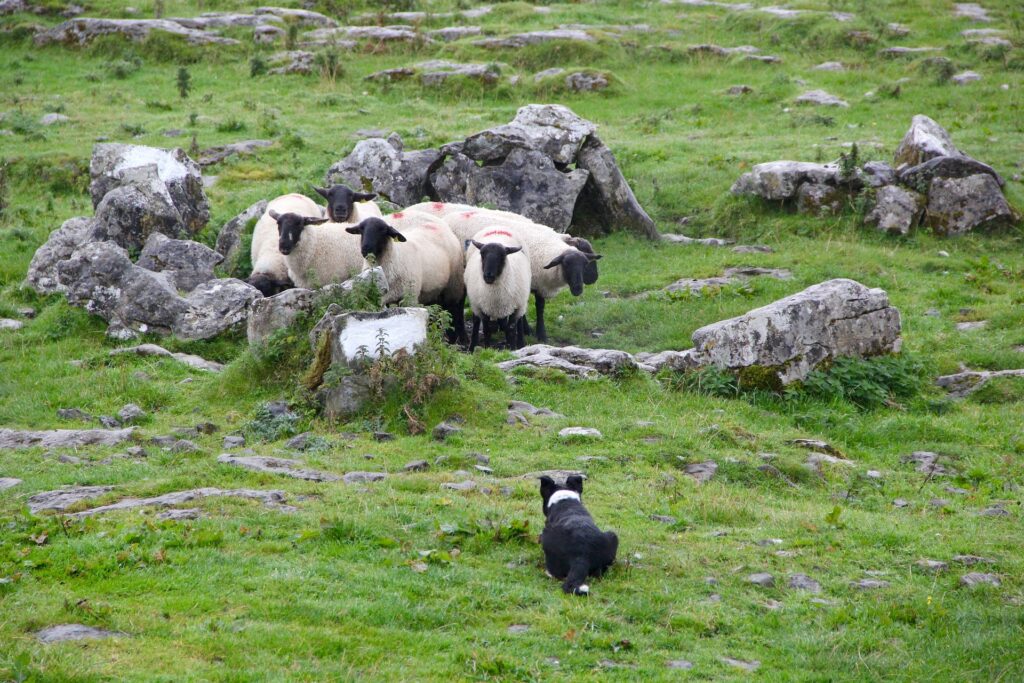
When selecting a livestock guardian dog for your homestead, understanding the unique traits and characteristics of different breeds is the place to start. While the following represent some of the most popular and well-known LGD breeds, this list is by no means exhaustive.
Here’s a look at some of the popular LGD breeds:
- Great Pyrenees: Known for their gentle disposition and strong bonding instincts, Great Pyrenees are well-suited for guarding sheep and goats.
- Anatolian Shepherd: Originating from Turkey, Anatolian Shepherds are independent thinkers with a strong protective instinct, making them effective guardians for larger livestock like cattle.
- Maremma Sheepdog: Native to Italy, Maremma Sheepdogs are known for their loyalty and adaptability, excelling in guarding both small and large livestock.
- Komondor: With their distinctive corded coat that acts as armor against predators and their imposing size, Komondors are a formidable presence on any farm.
- Akbash: With their striking white coats and calm demeanor, Akbash dogs possess a quiet intensity that belies their fiercely protective nature. These independent guardians are known for their careful observation and measured responses to threats, making them well-suited for protecting a variety of livestock. They are extremely loyal and can form strong bonds easily with both animals and their people, and are known to be able to detect when someone has ill intentions (I’ve experienced this myself with my own dog).
Many other capable LGD breeds exist, some specialized to particular regions or types of livestock. Thorough research is essential, and consulting with experienced breeders or mentors within the LGD community can be invaluable in guiding you toward the perfect fit for your circumstances.
You should be aware that many LGDs are very suspicious and even threatening to strangers and other dogs—so with most breeds you’ll need to introduce new people to them carefully, try to keep neighborhood dogs off your land, and warn visitors to keep their dogs away.
Factors to Consider When Choosing an LGD Breed
When deciding on the right LGD breed for your homestead or farm, there are several factors to keep in mind:
- Size of your livestock: Larger breeds like Anatolian Shepherds and Komondors may be better suited for guarding cattle, while smaller breeds like Great Pyrenees and Maremma Sheepdogs are well-adapted for sheep and goats.
- Climate and terrain: Consider your local weather conditions and landscape when selecting a breed. Some LGDs, like the Great Pyrenees, are well-equipped for colder climates, while others, like the Anatolian Shepherd, are more adaptable to various environments.
- Temperament and training requirements: Different breeds have varying temperaments and training needs. Anatolian Shepherds, for example, are known for their independent nature, which may require more experienced handling.
- Protective Style: Some LGDs prefer to stay close to their flock, circling or even herding their charges for tighter protection. Great Pyrenees and Maremma Sheepdogs often exhibit this behavior. Others, like the Komondor or Akbash, naturally patrol a wider perimeter, keeping a watchful eye from a distance and intercepting threats as needed.
By understanding the unique characteristics of each LGD breed and carefully considering your farm’s specific needs, you can select the perfect guardian dog or combination of dogs with complementary traits to protect your livestock. In the next section, we’ll delve into the process of integrating your new LGD into your farm and flock.
Integrating Your Livestock Guardian Dog into Your Farm
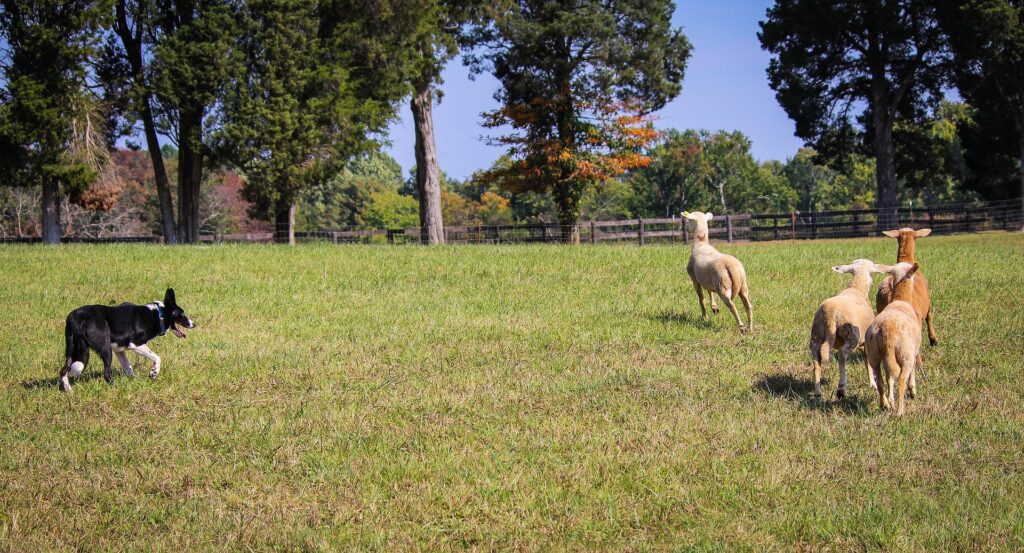
One of the most crucial aspects of successfully integrating an LGD into your farm is ensuring proper socialization and bonding with the livestock they will be protecting. This process should begin early, ideally when your LGD is still a puppy.
Some key steps in socialization include:
- Introducing your LGD puppy to the livestock in a controlled environment, allowing them to become accustomed to the sights, sounds, and smells of their future charges.
- Supervising interactions between your LGD and livestock, ensuring that the dog learns appropriate behaviors and boundaries.
- Gradually increase the amount of time your LGD spends with the livestock, allowing them to form strong bonds and develop a sense of loyalty to their flock or herd.
Training Your LGD for Success
In addition to socialization, proper training is essential for ensuring your LGD becomes an effective and reliable guardian. You have options when it comes to training: consider a pre-trained LGD (often pricier but ready to work immediately), or take on the rewarding challenge of training a puppy yourself.
Regardless of your choice, understand that livestock guardian dogs require specialized training beyond basic pet obedience. This includes fostering guarding instincts, perimeter awareness, and proper threat responses. For in-depth guidance, consider working with an experienced LGD trainer or mentor.
Some important aspects of LGD training include:
- Teaching basic obedience commands, such as sit, stay, and come: This builds a foundation for communication and control.
- Reinforcing appropriate livestock interactions: Reward calm, respectful behavior around animals and discourage chasing or rough play.
- Perimeter awareness and patrolling: Train your LGD to understand property boundaries and regularly patrol for potential threats.
- Threat assessment and response: Help your dog distinguish between harmless visitors and predators, learning to alert, deter, and confront if needed.
- Desensitization: Expose your LGD (in controlled settings) to loud noises, farm machinery, visitors, and other stimuli they’ll encounter to prevent unnecessary alarm.
Remember that LGD training is an ongoing process that requires patience, consistency, and a deep understanding of the dog’s natural instincts and behaviors. Many LGD owners find that working with experienced trainers or mentors can be invaluable in guiding them through the process and ensuring their dog reaches its full potential as a guardian.
By dedicating time and effort to proper socialization and training, you can help your LGD develop into a confident, effective, and invaluable member of your farm team. In the next section, we’ll explore the daily care and management of LGDs, ensuring they remain healthy and happy in their vital role.
Caring for Your Livestock Guardian Dog
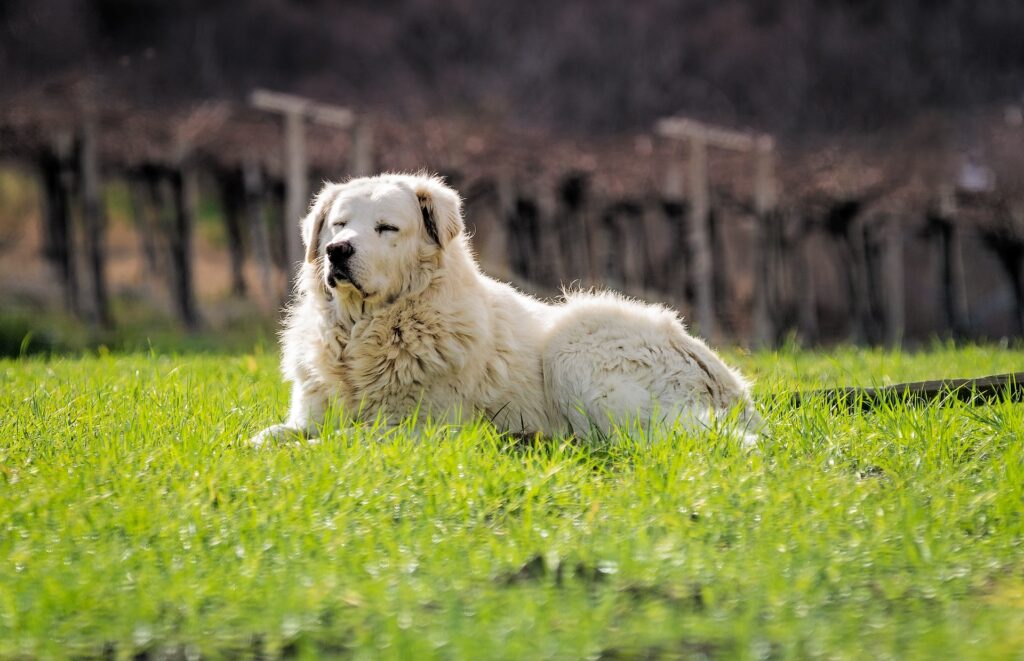
Your LGD isn’t just a working dog; they’re your partner in protecting the homestead. Keeping them healthy and strong is paramount, so let’s focus on:
- Fueling a Protector: High-quality food is vital for these active dogs. Consider grain-free and potato-free options to minimize inflammation, and ask your vet about glucosamine, MSM,chondroitin, and other joint support supplements – LGDs are big dogs and they often have hip and joint issues as they age.
- Hydration is Key: Fresh, clean water is non-negotiable. In hot weather or after a long night of guarding, they’ll need plenty to replenish. Think about multiple water sources around your property.
- Shelter from the Storm: LGDs often have thick coats, but extremes aren’t kind to anyone. A sturdy doghouse, or access to a barn, provides refuge from harsh sun, rain, or snow.
- Wellness Warriors: Regular vet visits are a must. It’s more than just shots – it’s about catching minor issues before they become major setbacks for your guardian.
- Battle Scars and Bravery: Let’s face it, your LGD might occasionally get in a scrape defending their charges. Tend to wounds, even small ones, quickly. An ounce of prevention saves your dog discomfort and keeps them ready to protect.
Addressing the Mental and Emotional Well-being of Your LGD
Besides meeting their physical needs, consider the mental and emotional well-being of your LGD. These dogs have a strong instinct to work and bond with their flock, and they require mental stimulation and emotional support to thrive.
Some ways to address these needs include:
- Purpose-Driven Lives: LGDs were born to patrol and protect. Let them do their job. Regular opportunities to survey the land, scent-mark, and watch over their flock keep their instincts sharp and their spirits high.
- “Attaboy!” Goes a Long Way: They might not understand your words, but positive reinforcement speaks volumes. Praise for a job well done fuels their dedication and makes them feel valued.
- Bonding Beyond the Basics: Grooming sessions or focused training aren’t just about skills; they’re about connecting with you, their trusted partner. These moments build a sense of security and belonging for your LGD.
- Working Dog vs. Pet, The Choice is Yours: LGDs are primarily working dogs, and some owners choose to maintain that focus strictly. Others develop a strong pet-like bond as well. There’s no single right answer, though some people will disagree – find the balance that works best for you and your dog.
By prioritizing both the physical and emotional needs of your livestock guardian dog, you can help them maintain the health, happiness, and focus necessary to excel in their vital role on your farm or homestead.
The Vital Role of Livestock Guardian Dogs
Livestock guardian dogs play an essential role in protecting farms and homesteads and ensuring the safety and well-being of the animals they are entrusted to defend.
By understanding the unique traits and characteristics of these incredible dogs, selecting the right breed for your specific needs, and dedicating time and effort to proper socialization, training, and care, you can forge a powerful partnership that will benefit your farm for years to come.
The presence of an LGD on your homestead not only provides peace of mind knowing that your livestock are protected from predators but also contributes to a more sustainable and eco-friendly approach to farming. By reducing the need for lethal control methods and minimizing losses to predation, LGDs help maintain a balanced ecosystem and support the long-term success of your agricultural endeavors.
Additionally, the bond that develops between an LGD and their animals, and with their human family, is truly special. These dogs are not merely working animals; they are loyal companions and valued members of the farm community.
By embracing the role of livestock guardian dogs on your homestead, you are investing in the safety and security of your livestock while also enriching your own life with the love, dedication, and unwavering loyalty of these dedicated guardians.
Integrating LGDs into Your Sustainable Homestead Design
A well-designed homestead considers the needs of all its inhabitants, including your livestock guardian dogs. Permaculture design principles can be invaluable in creating a sustainable and secure environment that supports the natural behaviors of your LGD while maximizing the productivity and resilience of your farm.
Living Landscapes specializes in permaculture design and can help you create a holistic homestead that benefits both your LGD and your overall self-sufficiency goals.
Create a Thriving Homestead for Your LGD with Living Landscapes’ Expertise


